Arts and Crafts is one of the most picturesque and charming architectural styles of the last 150 years. The Arts and Crafts movement began gaining influence in the late 1800s, inspired by the ideas of architect Augustus Pugin, designer William Morris and writer John Ruskin. William Morris – who is famously quoted as saying, 'Have nothing in your house which you do not know to be useful or believe to be beautiful' – is perhaps the best known exponent of the Arts and Crafts style and his designs are still in widespread use today. By the early 20th century the movement had spread across Europe and to North America.
The style was sparked by a ground movement towards the revival of traditional skills in simple forms. The Arts and Crafts pioneers felt that the rapid rise of industrial methods and factory production had not only led to a reduction in quality, but also a tendency to place excessive ornamentation over the principles of design, construction and quality.
The architectural style which developed from Arts and Crafts has at its heart five main principles: clarity of form or structure, variety of materials, asymmetry, traditional construction and craftsmanship. Buildings were constructed within the local vernacular – that is, using local materials and traditions. As such, buildings created within the Arts and Crafts movement would differ from area to area.
Thanks to the utilisation of skilled, traditional construction methods, it’s no surprise that Arts and Crafts houses have stood the test of time and remain as a significant part of our architectural history.
Here we take a look at some of the best examples of Arts and Crafts architecture currently available for sale:
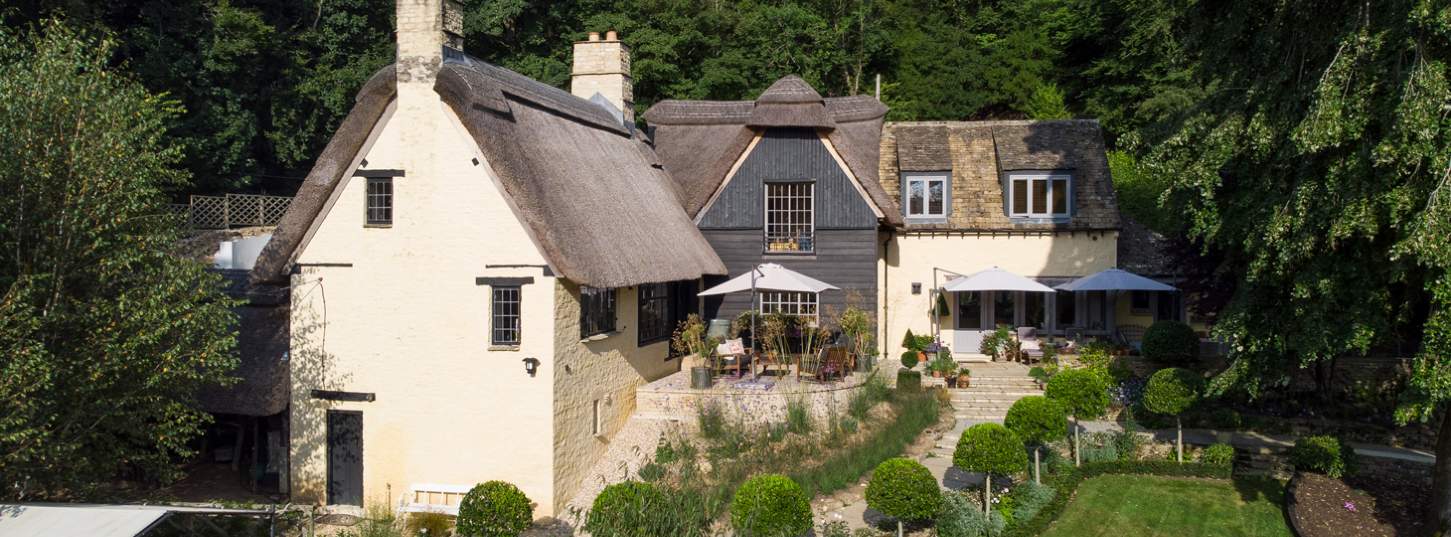
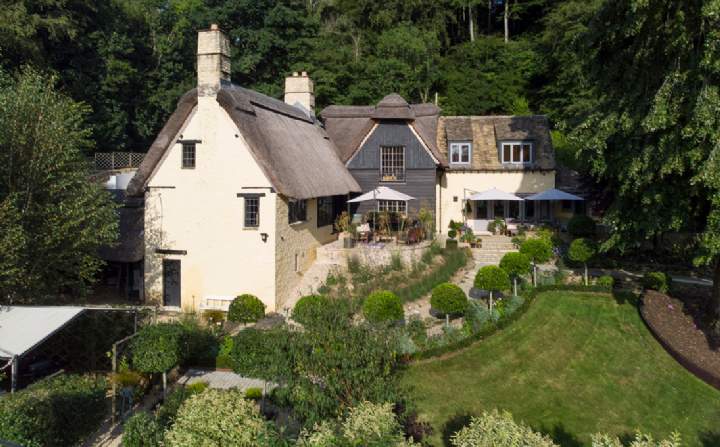
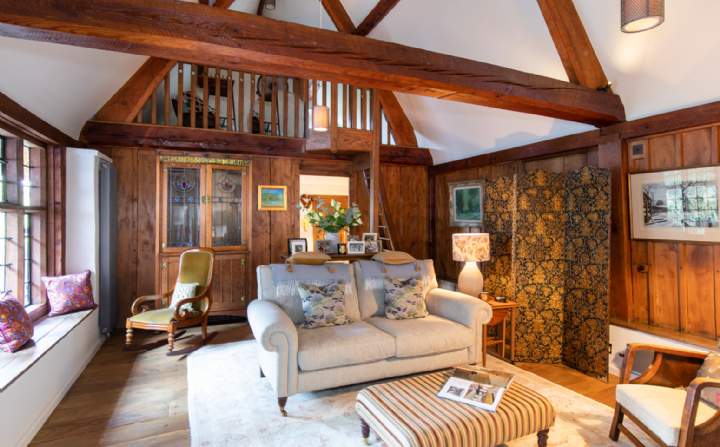
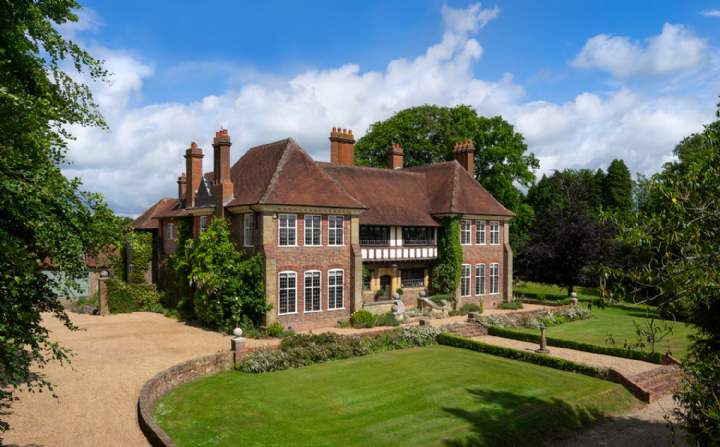


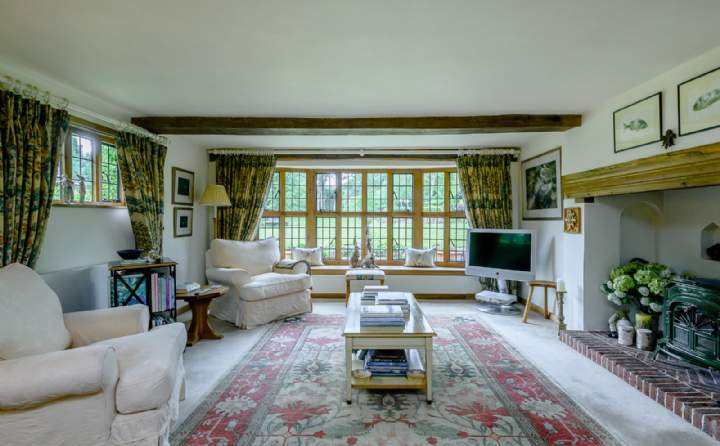
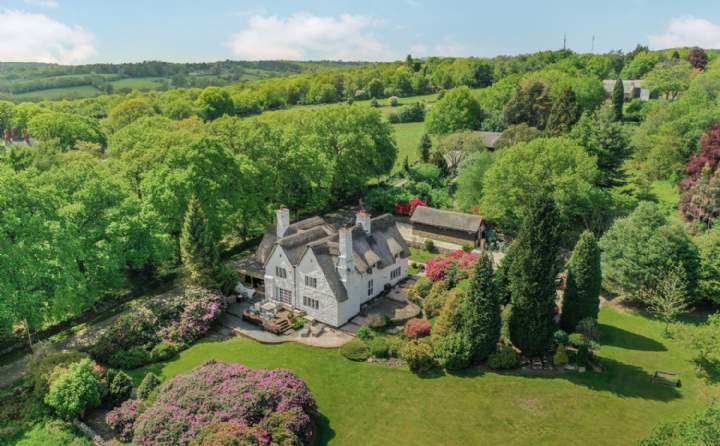
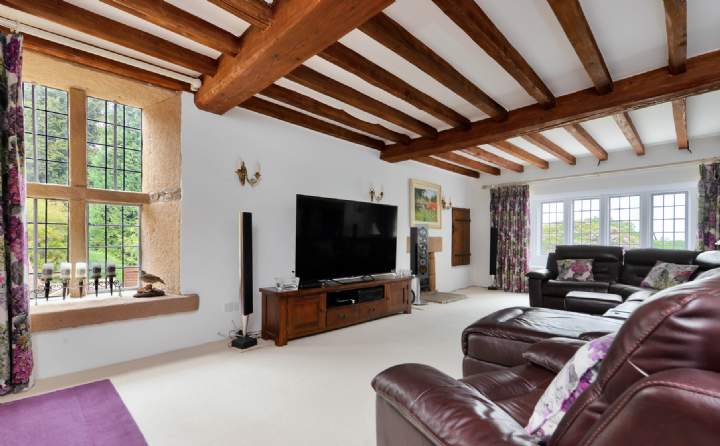
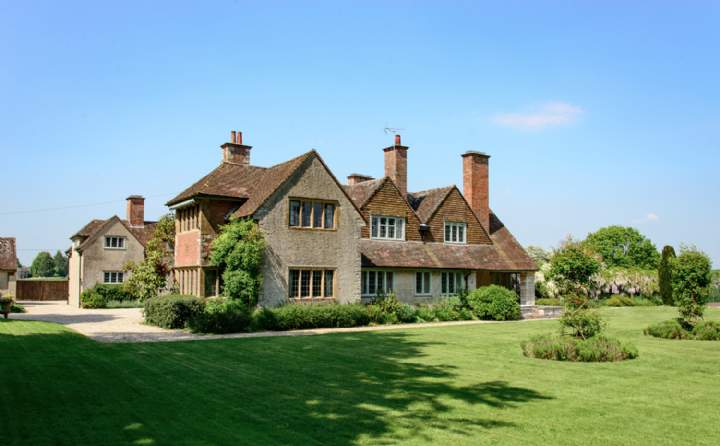
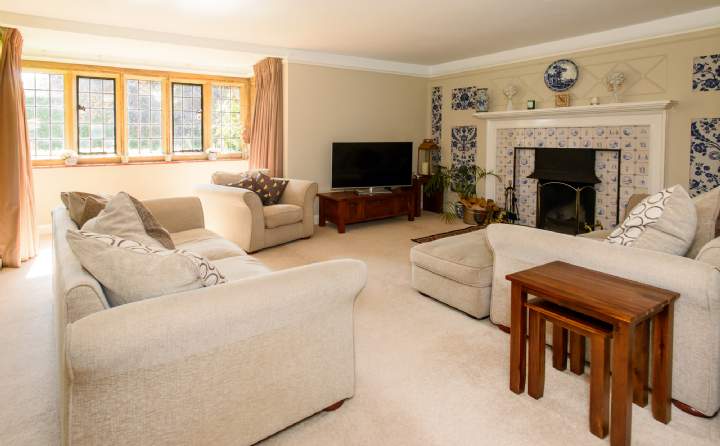

.jpg)
.jpg)
.jpg)


(1).jpg)
(1).jpg)

.jpg)